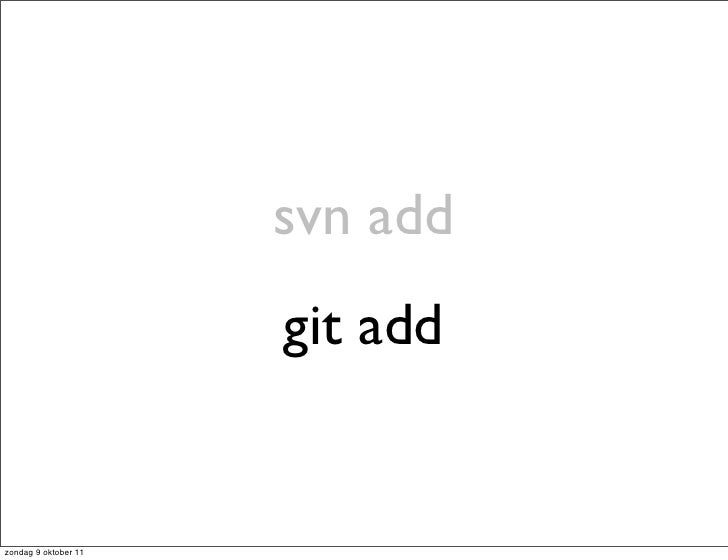

Access permission in VisualSVNĪccess permission is needed to be set for private repositories.
Subversion users how to#
Let's see how to set the read and write access to the users. We can create multiple users in VisualSVN. Consider the below image:Īs we click on the create user option, a form will open where we can create the user and its password. Right-click on User option and after that Create user. To create a user on the VIsualSVN server, open the VisualSVN server manager. Let's see how to create users and set accessibility for them. Also, we can set the accessibility for every user. We can create the user whom we want to give access to the SVN server. However, there are major differences that make difficulties for beginner Subversion users.
Subversion users windows#
Access control in VisualSVN Server looks similar to the Windows file system. VisualSVN Server allows you to set access to selected users. In the “Grant permission to…” text input box, type the usernames for the team members who should be whitelisted and granted write permissions to the directory (exempted from the new default level of access).Next → ← prev VisualSVN Users & Access Permission This will set permissions for the directory path and all its children.įrom the Permission dropdown, select the type of permission you would like to set as the default for the directory. To add path-based auth to multiple directories at the same time, simply add each relative path on a new line. Under Directory Path, enter the directory path for which you would like to change the default access permissions levels (for example, /trunk/projectA), or use a wildcard to specify a sub-path regardless of branch (for example, */projectA). (You must be an "Owner" on the project to view the Settings sub-tab.)

Go to the Settings sub-tab on the SVN repository tab, then click the Protected Directories link on the left side. Select the SVN repo you would like to protect directories within from the tools dropdown menu. How to change default repository access permissions:

For example, permissions set for */projectA will grant the same level of permissions for both /branch1/projectA and /branch2/projectA. To set permissions for a specific directory or directory path regardless of what branch or directory it belongs to, use a * wildcard when setting the directory path permissions. No other users will be able to view the files under /trunk/project from the Assembla WebApp or check out those files with their local client. Only the user krogalski has been granted the permissions read and write to the directory /trunk/projects and any children directories it contains. NEW! No access: hides specified directories completely for all users in the repository except those whitelisted under "Grant permission to", in both the Assembla WebApp and any client/command-line tools used to access your SVN repo.Įxample: In this Demo SVN repo, the default permissions set for the directory /trunk/projects have been changed to "No access" for all users in the repository. Read-only: restricts all users to Read-only privileges for the specified directories in your protection setting, except those users explicitly named under "Grant permission to". To exempt certain users from the default protections settings you set, you must whitelist them by adding their usernames under "Grant permissions to".ĭefault: the default setting for Assembla SVN repos allows for Read + Write privileges. NOTE: Permissions apply to all users in the repository. With Assembla Protected SVN Directories, you can set directory permissions to read-only access, or restrict access completely. Path-based Authorization Permission Levels
Subversion users code#
They add an Access Control List (ACL) to your SVN repository based on a path-based authorization to limit permissions for certain users to certain directories/files.īy protecting your SVN directories, you can control which users are allowed to contribute new code to your repository or restrict them from accessing certain directories at all. Subversion (SVN) Protected Directories are SVN's way to control access to sensitive and mission-critical code, data, and assets.


 0 kommentar(er)
0 kommentar(er)
